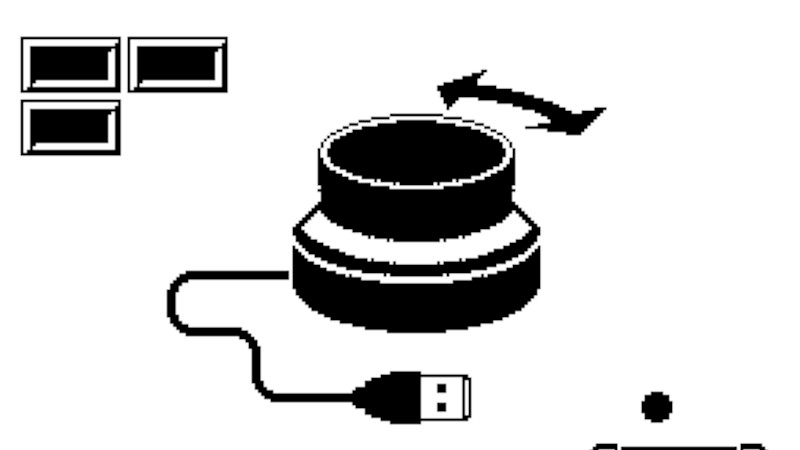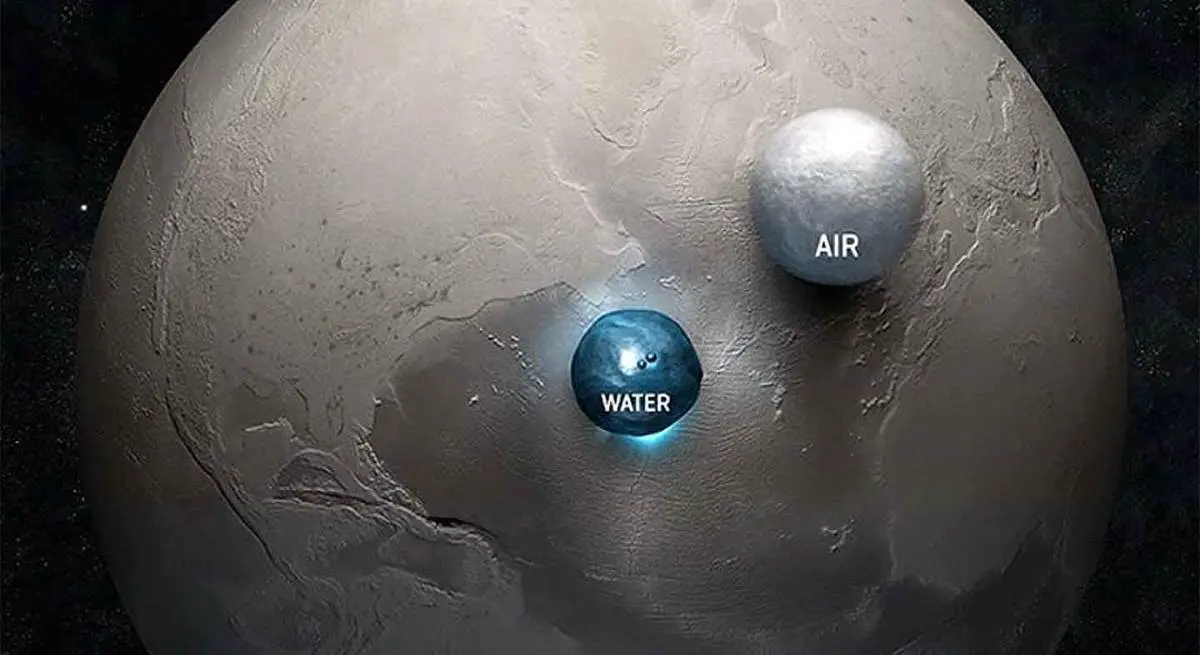One person like that
#volume
7 Likes
1 Comments

All the #Earth's #water and #air gathered up.
One person like that
The #SI system of #units is based on very precise measurement of universal constants like the speed of light or Planck's constant and no longer on prototypes kept in #Paris, or wherever. However, for more mundane everyday use, many of the units are also linked closely to #water in the #MetricSystem. For examples, 1 #kg of liquid water at room termperature has 1 #litre of #volume. Therefore, 1 #tonne of water fits into a cube with sides of 1 #m. One #calorie is the amount of #heat or #energy required to raise the #temperature of 1 #gram (or 1 #cc or #CubicCentimetre) of water by 1 #degreeCelsius or 1 #K.
5 Likes
10 Comments
3 Ways to Define Docker Volumes Explained in 6 Minutes

Docker containers are great (my opinion) due to their ease of deployment and updating, as well as better resource usage for multiple concurrent services on a server. One could also argue they offer better security due to the potential ways you can isolate them from each other, and even your network (see an upcoming video of mine about this point).
A docker container on its own though does not retain any transactional data (persistence) if it is destroyed or updated. To achieve persistence, one creates volumes, which essentially map locations out to the OS side. Destroy or update the container, and it can still read that data from the volume.
This video explains quite clearly the 3 different ways to define such volumes.
Watch https://youtu.be/p2PH_YPCsis
#technology #docker #container #volume #storage
#Blog, ##container, ##docker, ##storage, ##technology, ##volume
2 Likes


